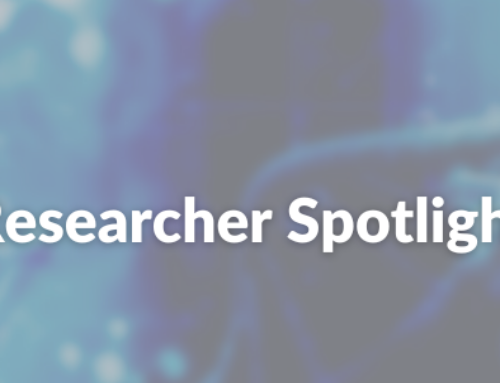
Dr. Gelareh Zadeh, a neuroscientist at UHN and UofT, has been appointed the first female chair of neurosurgery in Canada. Photographed in her home on August 12, 2020. Kate Dockeray/Globe and Mail
What is your name, title and institutional affiliation?
Gelareh Zadeh, MD, PhD, FRCS(C), FAANS
Professor and Dan Family Chair, Neurosurgery, University of Toronto
Head, Division of Neurosurgery, Toronto Western Hospital
Co-Director, Krembil Brain Institute, University Health Network
Senior Scientist, Princess Margaret Cancer Research Institute
Chair, Wilkins Family Brain Tumor Research
President, Society of Neuro-Oncology (SNO) 2020/21
Editor-in-Chief, Neuro-Oncology Advances, Journal of SNO & EANO
What is your role, i.e., what do you do?
I am the Dan Family Chair and Professor of Neurosurgery at the University of Toronto, Head of Division Toronto Western Hospital and Senior Scientist Princess Margaret Cancer Centre.
Please share your favorite discovery from your NF research. What makes this particular discovery rise to the top?
One of my lab’s most prominent discoveries related to NF was the identification of the epigenetic subgroups of schwannomatosis-related schwannomas that were associated with tumor location and pain. This work also revealed actionable molecular pathways in each of the subgroups that can be targeted to manage pain in individuals affected by schwannomatosis. With support from the Children’s Tumor Foundation Synodos for Schwannomatosis award, we were also able to compare epigenetic, genetic, and transcriptomic hallmarks that differ between syndromic schwannomas that arise in schwannomatosis patients with sporadic schwannomas developing in non-syndromic patients. These findings shed light on the mechanism of the development of schwannoma tumors in Schwannomatosis patients and suggest how these may be targeted depending on the underlying germline mutations found in these individuals.
In your mind, why is data sharing/open science important? How has this practice improved your research?
Data sharing and open science is transforming the field and fostering new collaborations. Developing mechanisms to share data helps increase the power of each dataset by allowing its use for multiple different analyses and reduces the burden on participants by encouraging the reuse of research data. In our research, we have been able to utilize datasets from other collaborators to validate our findings in a non-overlapping independent data, which helps strengthen the conclusions of our study.
Where do you see NF research going in the next five years?
I envision larger collaborations and consortiums of researchers coming together to work on some of the most challenging issues facing NF patients. Uncovering the biological drivers of various tumor pathologies in NF will be important to identify novel therapeutic targets.
Learn more about Dr. Zadeh’s work on YouTube here, here and here.
Ed. note: You can find two recent datasets shared by the Zadeh lab on the NF Data Portal: DNA methylation signatures in peripheral leukocytes of patients with Schwannomatosis or sporadic schwannoma and Synodos Schwannomatosis.



